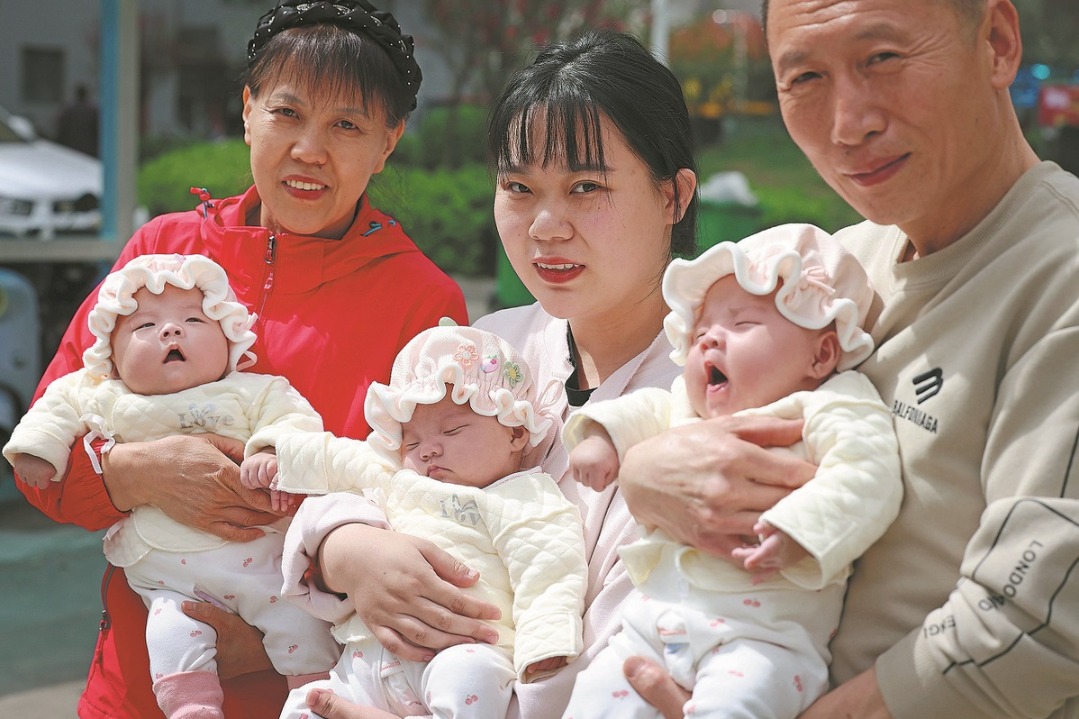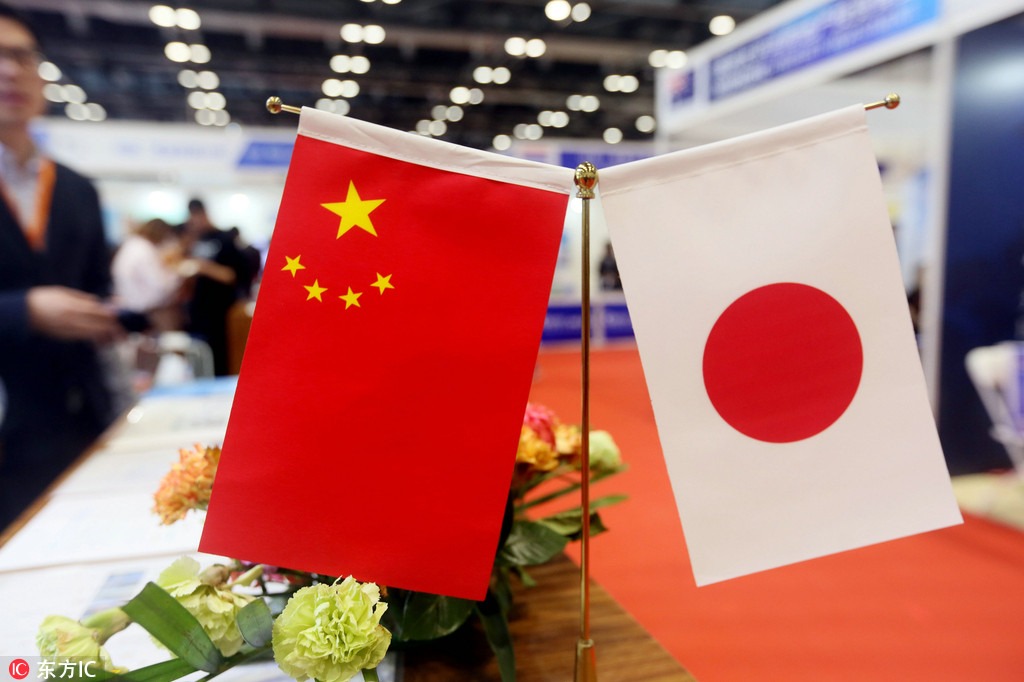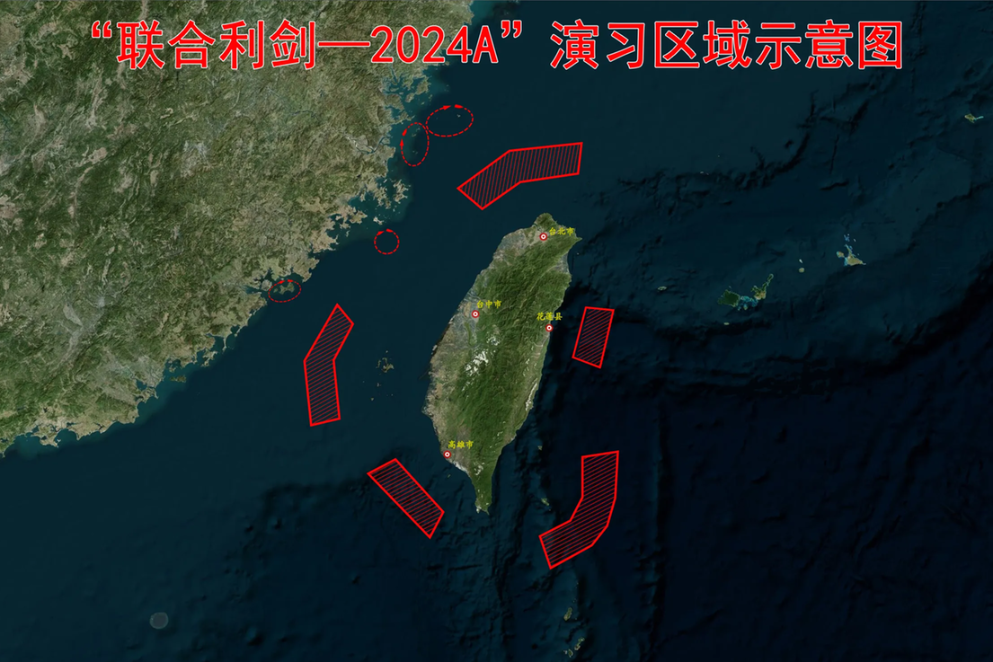Building together
China and Mongolia should continue joint construction under the BRI, with a view to creating a community of shared future for both countries


China and Mongolia should continue joint construction under the BRI, with a view to creating a community of shared future for both countries
This year marks the 10th anniversary of the proposal of the Belt and Road Initiative. Within the past decade, the initiative has evolved from a conceptual vision to concrete actions, and carried out wider regional cooperation with higher quality and effect. The initiative is dedicated to maintaining the free trade system and an open world economy, promoting communication and exchange between civilizations, demonstrating the common ideals and noble pursuit of the human society, thus becoming a vastly popular platform for international public goods and cooperation.
To date, China has signed over 200 cooperation documents on the joint construction of Belt and Road projects with more than 150 countries and 30 international organizations, covering two-thirds of the world's countries and 63 percent of the world's population. The accumulated bilateral investment between China and the participant countries had exceeded $380 billion from 2013-22, creating over 3,000 cooperation projects, 69 overseas economic and trade cooperation zones, and 420,000 local jobs.
The trade volume in goods between China and the participant countries has increased from $1.04 trillion to $2.07 trillion, up by 8.6 percent year-on-year. Countries and regions involved in the initiative have seen intensified cooperation of their industry and supply chains, and China's intermediate goods export weighted against its total export rose from 49.8 percent to 56.2 percent.
According to a World Bank report, the joint construction of the BRI will potentially lift 7.6 million people out of extreme poverty and 32 million from moderate poverty.
Mongolia is among the first countries to sign cooperation documents for the joint construction of Belt and Road projects with China. Cooperation between the two countries is living up to the common wishes and expectations of their people to share development opportunities and create a beautiful life. It also serves to enrich the bilateral economic and trade cooperation and provide an important platform for grounded cooperation. There is steady progress in infrastructure and connectivity including railways, highways and border ports, while building of newly agreed railway ports has accelerated. The construction on the China-Mongolia Economic Corridor has registered positive progress. In 2021 and 2022, bilateral trade between China and Mongolia successively crossed $10 billion, and was marching toward $20 billion.
China and Mongolia will keep seeking greater synergy between the BRI and Mongolia's Steppe Road Plan; the Global Development Initiative and Mongolia's New Revival Policy; and China's two-step development strategy and Mongolia's long-term development vision, which are three major drivers for the deepening of Sino-Mongolian relations and a strong policy basis for their green and digital transformation.
Both sides should fully utilize the rich natural resources and energy reserves of Mongolia, and the market, technology and talent that China can offer, in order to step up cooperation in green development and digital economy for their mutual benefits.
Green and sustainable development and digital connectivity are the main aims of the initiative, as well as an important starting point to achieve the United Nations Sustainable Development Goals and leapfrog development for developing countries.
China's renewable energy industry has been rapidly improving, and its production of clean energy equipment such as wind power and photovoltaic power generation ranks first in the world. China supports the green and low-carbon energy development in developing countries, stops building new coal-fired power projects overseas, and contributes 70 percent to the world's photovoltaic production capacity and 60 percent to wind power capacity. China is experienced in constructing large-scale wind power photovoltaic bases in desert areas, as well as developing urban and rural rooftop photovoltaic products, helping Mongolia fully develop and utilize the abundant wind and photovoltaic resources.
Strengthening cooperation in desertification control enjoys the support of the leaders of China and Mongolia, helping in the building of a bilateral community with a shared future. In the past decade, China has made major breakthroughs and gained important experience in desertification prevention and control. It has altogether treated 20.33 million hectares of desertification land and 53 percent of treatable desertification land. Now, China's desertification and desertified land areas have decreased by 5 million hectares and 4.33 million hectares respectively, reaching ahead of schedule the goal of zero-net-growth of land degradation set in the UN 2030 Agenda for Sustainable Development. Earlier this month, the China-Mongolia Desertification Prevention and Control Cooperation Center was established in Ulaanbaatar. The two sides also signed a framework agreement on supporting Mongolia's "Plant a Billion Trees" plan. China will actively share and promote its mature technologies and approaches on plantation and desertification treatment, help the construction of ecological protection and restoration demonstration areas, and conduct cooperation in sandstorm monitoring and early warning, so as to bring substantial ecological welfare to China, Mongolia and other Northeast Asian countries alike.
The BRI is dedicated to providing useful, affordable, and applicable digital infrastructure for developing countries, create opportunities for the inclusive growth and digital transformation of the economy, and offer feasible solutions for addressing the imbalanced development, incomplete regulations and unreasonable order in the digital field.
Nearly 30 years of development has made China second in the global digital economy, and first in online retail sales and mobile transactions, with a series of major technological achievements in 5G network, quantum information and others. In growing its digital economy, China always emphasizes the common pursuit of cooperation and development of other developing countries. China is willing to help Mongolia realize its digital transformation and sustained economic growth through the joint construction of the initiative.
A decade into the joint construction of the BRI, great achievements have been made on infrastructure and connectivity, and economic and trade cooperation. China and Mongolia should follow through the consensus of their leaders, continue to forward the high-quality development of the joint construction of the initiative, and bring the Sino-Mongolian comprehensive strategic partnership to a new level, with a view to building a community of shared future for both countries, and contributing to the peace and stability, as well as development and prosperity of the world.
The author is full-time deputy secretary-general of Xi Jinping Thought on Diplomacy Studies Centre. The author contributed this article to China Watch, a think tank powered by China Daily. The views do not necessarily reflect those of China Daily.
Contact the editor at editor@chinawatch.cn.

































